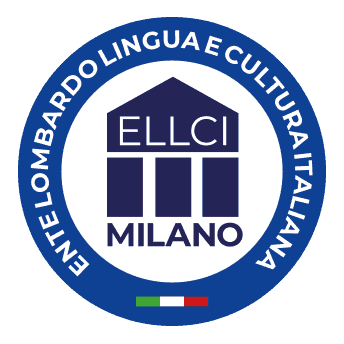
17 Mar
Italian Gender Nouns: some basic rules!
In Italian, there are two genders, masculine and feminine, while there is no neutral form that usually defines inanimate objects.
Not only are personal names feminine or masculine, also object names and abstract names,
- Personal names: il postino/the male postman (m.) – la postina/the female postman (f.)
- Names of objects: la casa/house (f.) – il tavolo/table (m.)
- Abstract names: la pace/peace (f.), il terrore/terror (m.).
There is no rule according to which some objects are masculine and others feminine, but it is a usage convention for which they must be learned as they are.
Masculine and Feminine in Italian
We can usually recognize masculine nouns from feminine ones because nouns ending in -o are masculine, while nouns ending in -a are feminine.
Let’s consider together some of the most common exceptions.
The masculine words in -a
In this category we find
- compound names such as: fine settimana/weekend, portafortuna/ good luck charm, passamontagna/ balaclava, parabrezza/windshield, voltagabbana/ turncoat
- professions and noun adjectives ending in -ista (artista/artist, pianista/pianist), and in -eta (atleta/athlete, esteta/esthete), in -ota (pilota/pilot, cipriota/Cypriot), and whose feminine form remains unchanged.
- nouns ending in -ma, if the accent falls on the penultimate syllable (clì-ma/climate, panorà-ma, sistè-ma/system, arò-ma);
Beware of the indefinite pronoun qualcosa/something which is masculine:
- hai qualcos’altro da dirmi?/ do you have something else to tell me
- qualcosa è cambiato nell’aria/ something has changed in the air
Feminine words in -o
It also happens that there are words that end in -o and that are feminine.
More frequently the feminine in -o derive from the abbreviation of other nouns, and therefore have an unchanged plural form. This category includes words such as:
- l’auto (from automobile);
- la metro-le metro (from metropolitana);
- la moto-le moto (from motocicletta);
- la radio-le radio (from radiotrasmettitrice);
- la foto-le foto (from fotografia).
Even the compound expressions that derive from contractions, such as “fine secolo/end of the century” from “la fine del secolo” and “fine millennio/end of the millennium”, from “la fine del millennio“, are feminine. Except for the fine settimana/weekend which is male.
Sometimes we find names of things that seem to have both the feminine and the masculine form because one form ends with -a and the other ends with -o. Beware of these “false friends” because their meaning is very different. Here are some examples.
- il pizzo | la pizza / the lace | the pizza
- il porto | la porta / the port | the door
- il mento | la menta / the chin | the mint
- il gambo | la gamba / the stem | the leg
- il collo | la colla / the neck | the glue
- il foglio | la foglia / the sheet | the leaf
Nouns in -e
Words ending with -e can be both masculine and feminine. They form the plural in the same way -e> -i.
Generally male:
- nouns ending in -ore, -ale, -ile
il direttore > i direttori /the director> the directors
il temporale > i temporali / the storm> thunderstorms
il cortile > i cortili / the courtyard> the courtyards
Generally female:
- nouns ending in -zione, -sione, -gione
la prigione > le prigioni / the prison> the prisons
la televisione > le televisioni / television> televisions
la stagione > le stagioni / the season> the seasons
